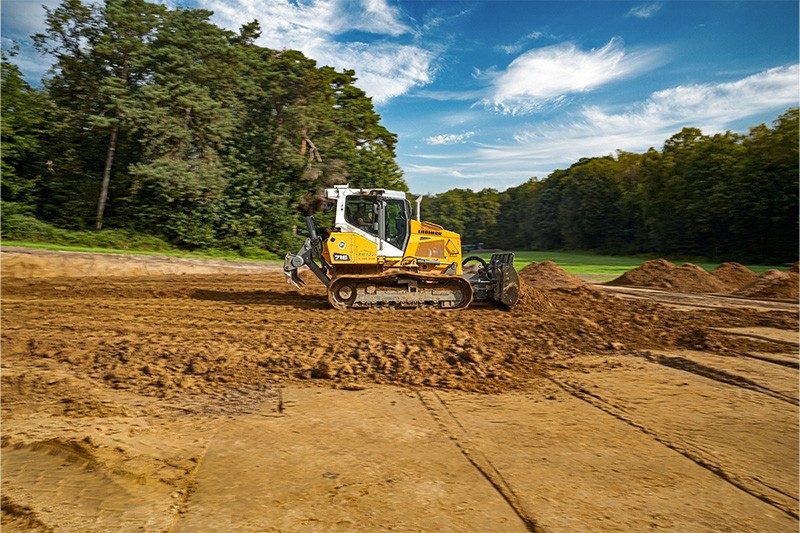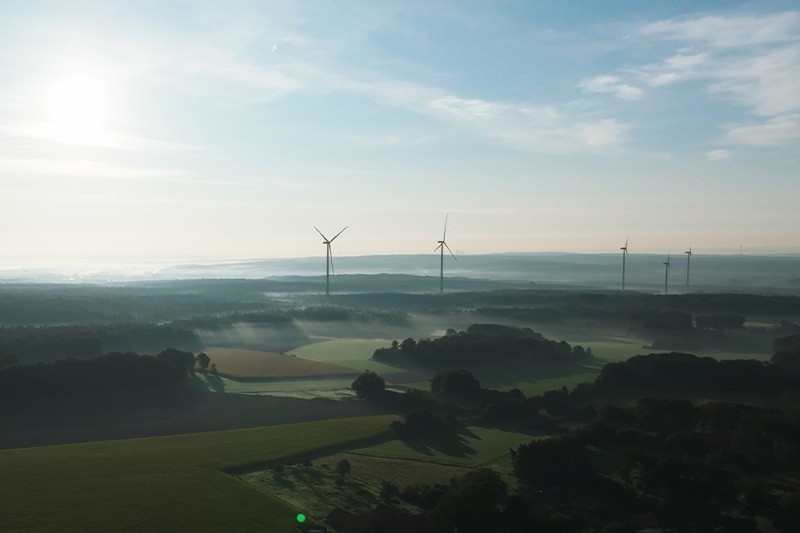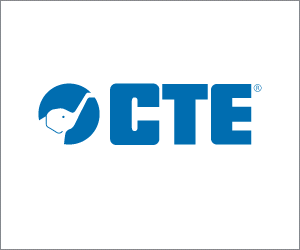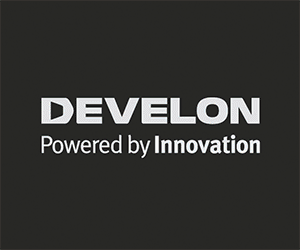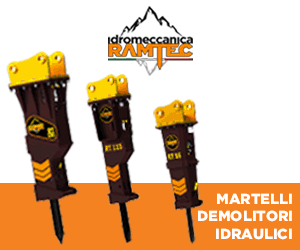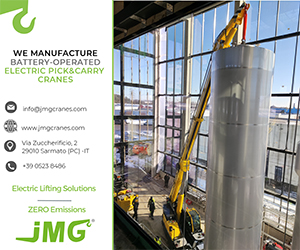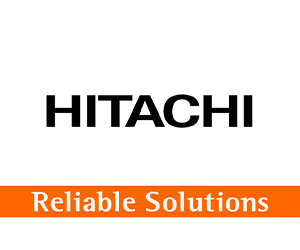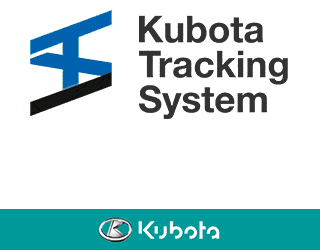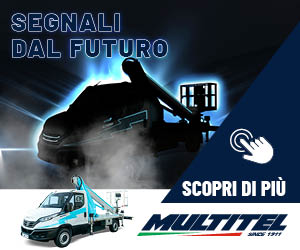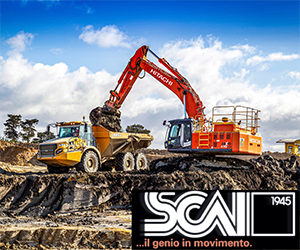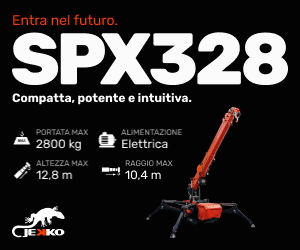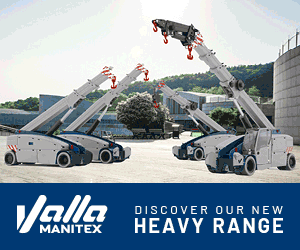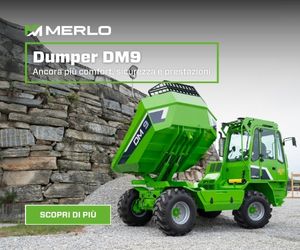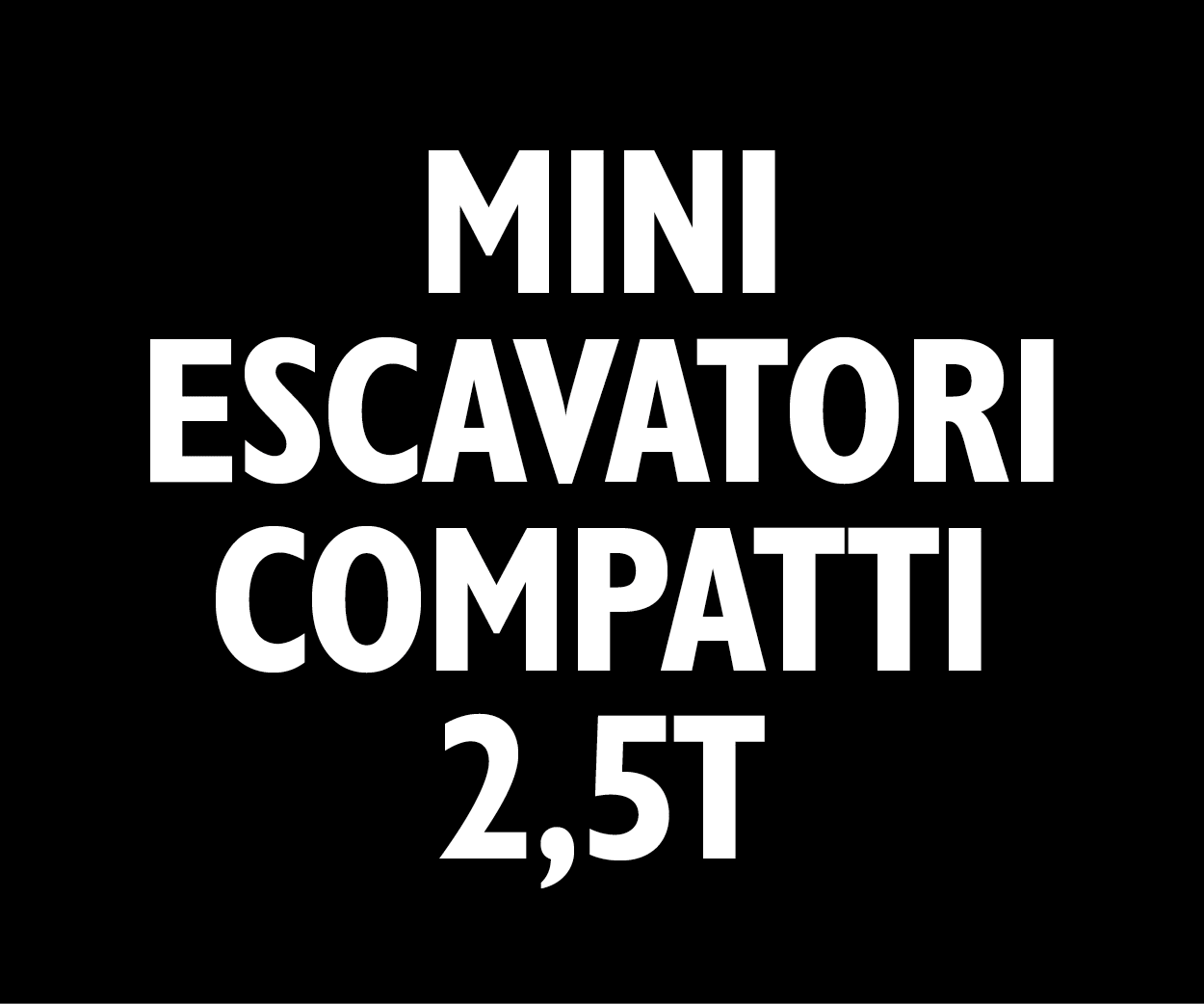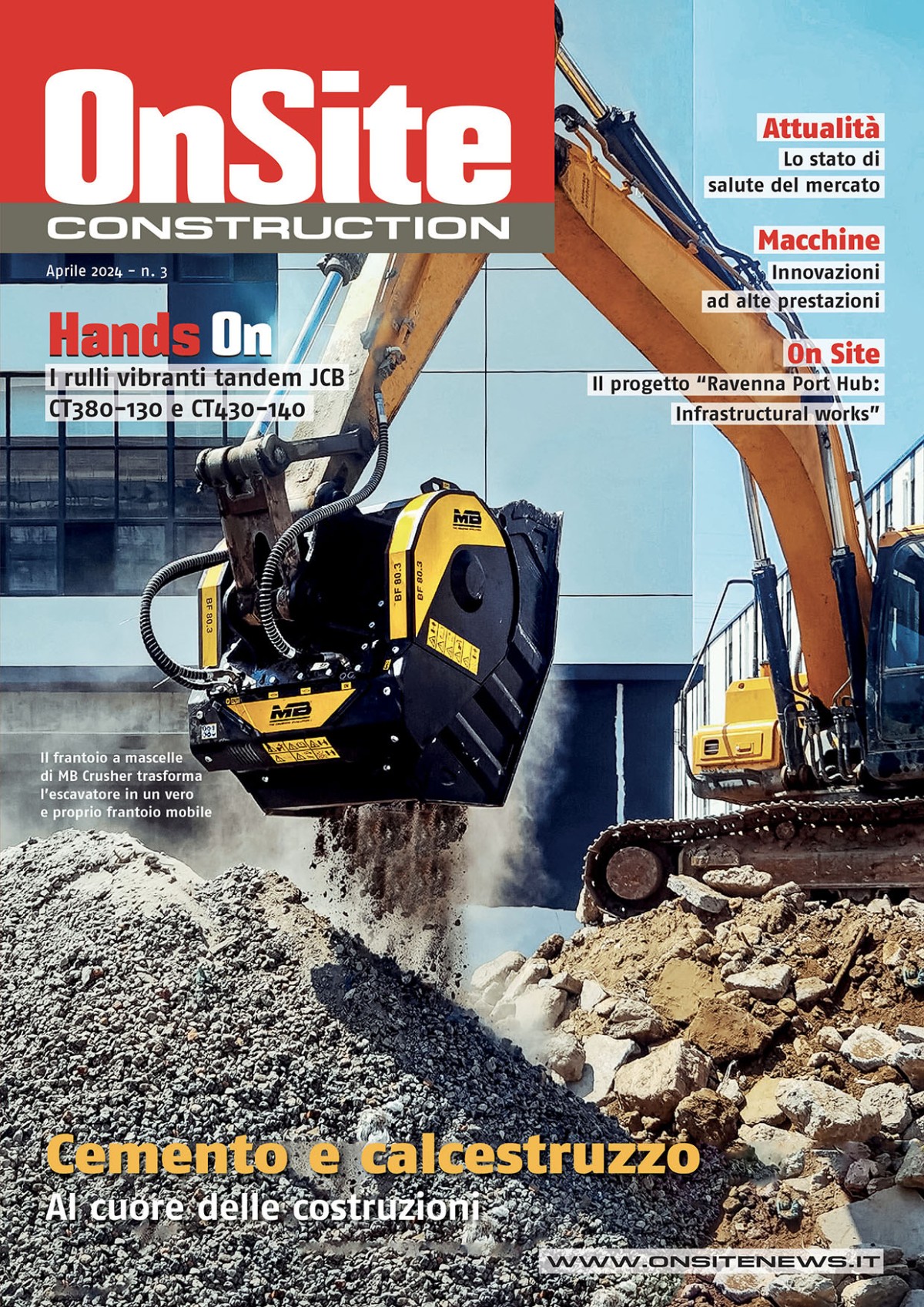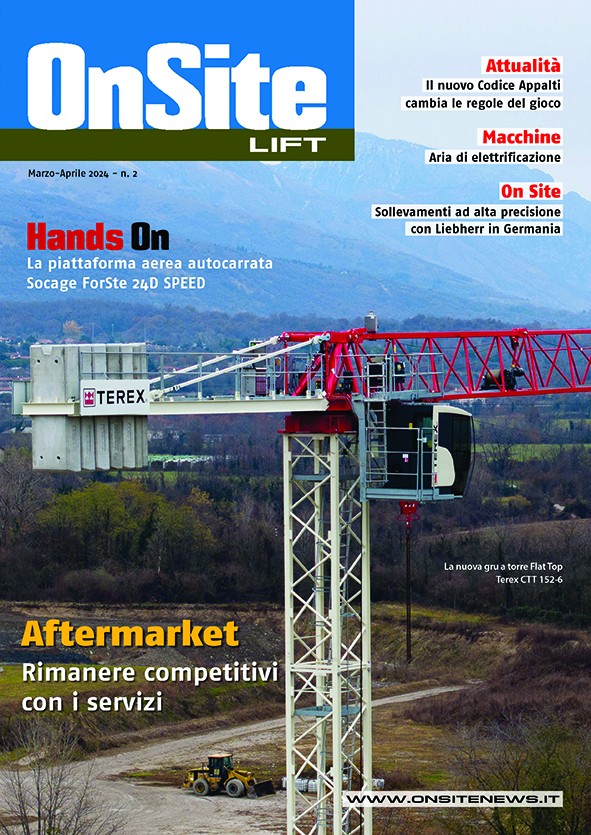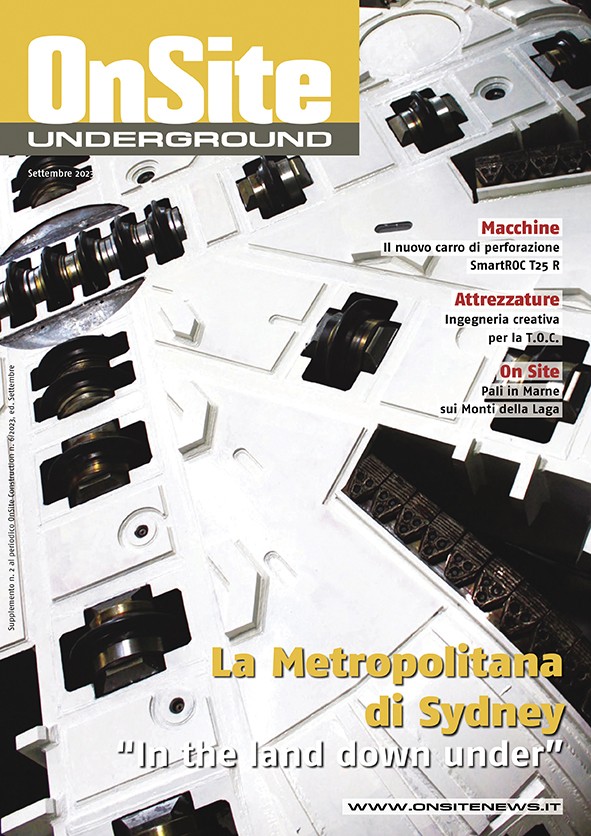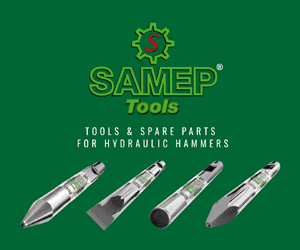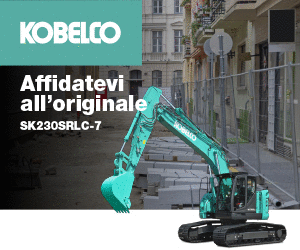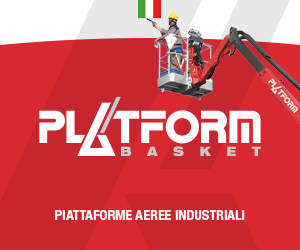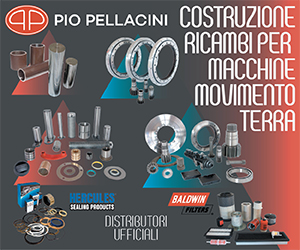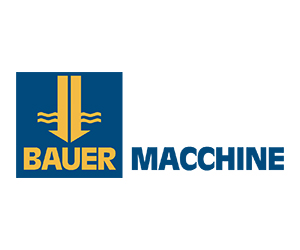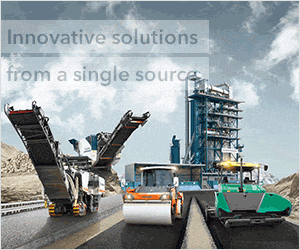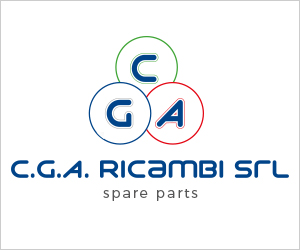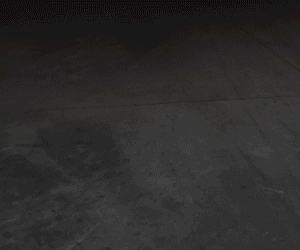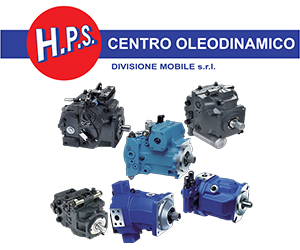Home \ International \ Liebherr: a firm anchor for wind power
Liebherr: a firm anchor for wind power
16/01/2024
Pubblicato da Ettore Zanatta
The close connection between the Liebherr Group and the wind energy sector enables pioneering system solutions and dimensions.
The energy transition is in full swing. Effects of climate change and increasing shortfalls in conventional energy sources are creating a wind of change and are driving expansion of renewable energy sources. Power generation from wind turbines makes a significant contribution to counteracting climate change and ensuring long-term power supply security.
The ties of the Liebherr Group to the wind power industry are deeply rooted in the component production, large cranes and concrete technology sectors, and today allow system solutions and dimensions to be realised. Liebherr Crawler Dozers are a significant part of this solid foundation and play a key role in the construction of wind turbines and the energy transition. One of the most recognised companies for wind park construction projects in Germany is BWR Schermbeck. The company has grown consistently over 25 years, allowing it to build up extensive know-how and specialist expertise in earthworks and civil engineering in the private, public and commercial sectors.
Dirk Bleker, Managing Director of BWR Schermbeck, is a strong advocate for expansion of renewable energy sources. As Dirk Bleker notes: “Wind power provides sustainable and affordable electricity.” The company was recently involved in construction of a 5.6 MW wind turbine in Haltern (North Rhine-Westphalia), ably supported by the latest Liebherr construction machinery. A PR 716 Crawler Dozer was used for initial development of the site and construction of the installation platform area along with the access roads and paths.
The choice of a Liebherr Crawler Dozer by the company is no coincidence. Efficient operation and high performance are also critical factors in selection of the machinery used. And it is precisely here were the specific strengths of Liebherr dozers stand out most. “With such low fuel consumption and high thrust both at the same time, there is simply nothing on the market to match this Crawler Dozer,” explains Dirk Bleker. This not only makes work on the construction site more effective but also significantly reduces costs. As Marc Hüfing, foreman of the earthmoving department at the BWR Schermbeck company, confirms even under heavy loads and demanding earthmoving tasks, the fuel consumption of the dozer remains astonishingly low. In 2023, the average consumption of the company's Crawler Dozer is below the fleet average of 9.3 l/h for all PR 716 Crawler Dozers, which is recorded in the Liebherr fuel economy calculator. This fleet value is based on a total of over 700,000 operating hours, recorded by LiDat (Liebherr fleet management software), for this class of machine alone.
The Crawler Dozer also gets top marks for versatility. As Dirk Bleker points out, the dozer is ideal for use on any surface. Whether it is on clay or sand, the machines are excellent to operate. The PR 716 particularly comes into its own in tight spaces, due to its compact size. A further plus is the ease of access to all construction sites as the machine can be transported on a semi-low loader. Beyond this, the BWR company attaches great importance to the safety and comfort of its employees. The Liebherr Silent Design is a comprehensive noise reduction package that promotes the driver's well-being even during tough operations. Mark Hüfing appreciates working with Liebherr Crawler Dozers and is quick to point out just how user-friendly the machines are.
In times of increased cost pressure, quick and precise operation plays an even more critical role. For optimum cost-effective site operation, Generation 8 Crawler Dozers offer three levels of assistance systems: Free Grade for active blade stabilisation during fine grading, Definition Grade for automatic blade positioning when creating 2D surfaces, and 3D Grade for complex terrain modelling. At this point, Mark Hüfing emphasises the important and supportive role played by the assistance systems in completing grading tasks. As Mark explains, the assistance systems allow for extremely precise path guidance and optimum adjustment and compliance with the gradient. When creating water courses, Definition Grade significantly simplifies the process while saving time and resources. Further advantages include the intuitive operation of the assistance systems and the high quality of the grading work, which cannot be beat. Mark emphasises how these systems significantly extend modern machine control.
As he points out, the strengths of these systems particularly come to the fore in the forested areas, which are often found with wind farms. As site clearing work needs to be kept to a minimum, the machine almost always works at the tree line, where satellite reception is often disrupted. In creating all the wind farm areas, such as the installation platform area for the crane, exact alignment and high precision are required, which makes the work doubly difficult. This is an ideal application case for Definition Grade. Fitted as standard ex works, it allows precise surfaces with defined longitudinal grade and cross slope to be created even without satellite support. Mark Hüfing emphasizes that Liebherr machines have become indispensable companions at BWR Schermbeck. "We can no longer imagine our company without the PR 716 crawler dozer, underlines Dirk Bleker.”
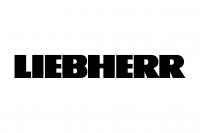
Ultime notizie di Liebherr EM-Tec Italia

Earthmoving Machinery
16/04/2024
Used Equipment Marketplace: New portal for Liebherr used machines
– Digital marketplace with an extensive portfolio of used ma...
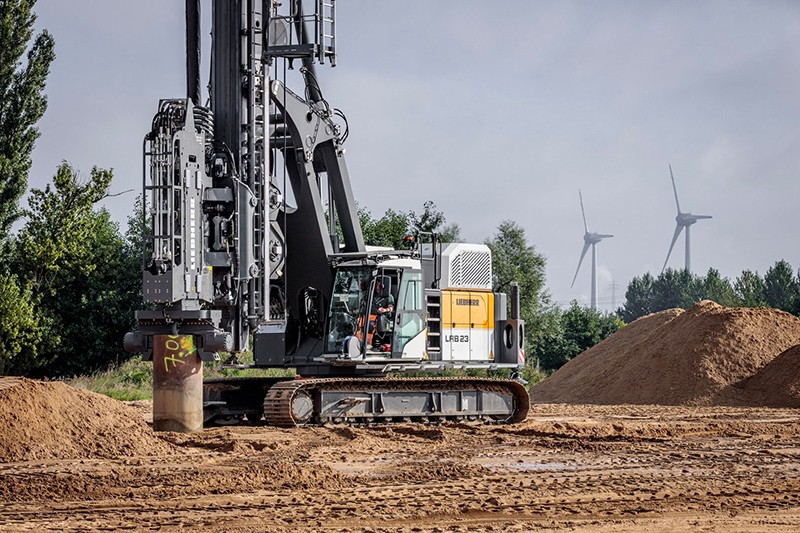
Perforation
04/04/2024
LRB 23 continues the success story of piling and drilling rigs for Liebherr
The piling and drilling rig type LRB 23 closes the gap betwe...
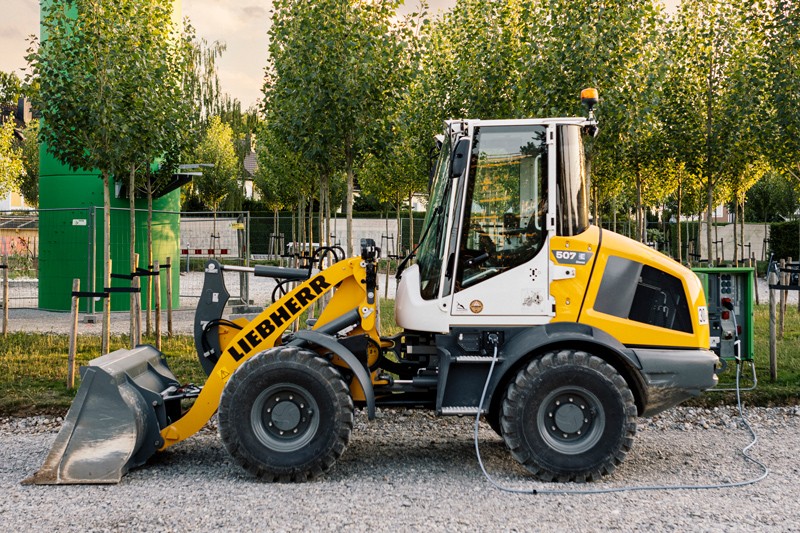
Earthmoving Machinery
27/03/2024
Liebherr-Werk Bischofshofen invests in a new assembly hall
Separate hall for the assembly of the L 507 E battery-electr...
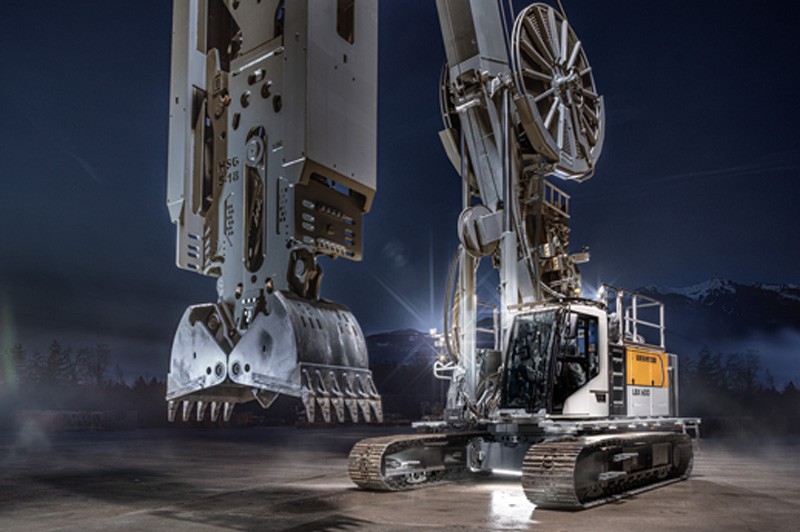
Earthmoving Machinery
25/03/2024
New carrier machine for slurry wall construction Liebherr LBX 600
Liebherr launches a new carrier machine for slurry wall cons...
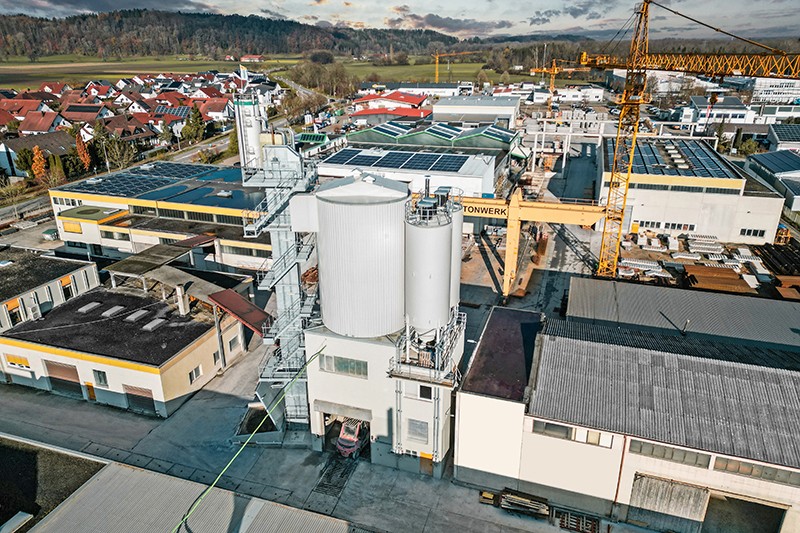
Earthmoving Machinery
22/03/2024
Liebherr mixing tower supplies quality concrete for crane ballast weights
– Högerle Betonwerk GmbH has put a new Betomat mixing tower...
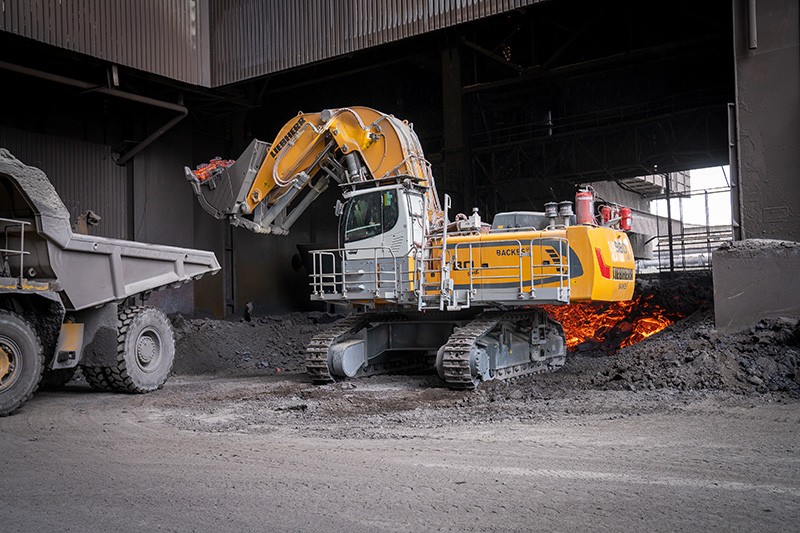
Earthmoving Machinery
14/03/2024
The Liebherr R 980 SME in slag handling operations
This R 980 SME crawler excavator was specifically designed f...
Altri International
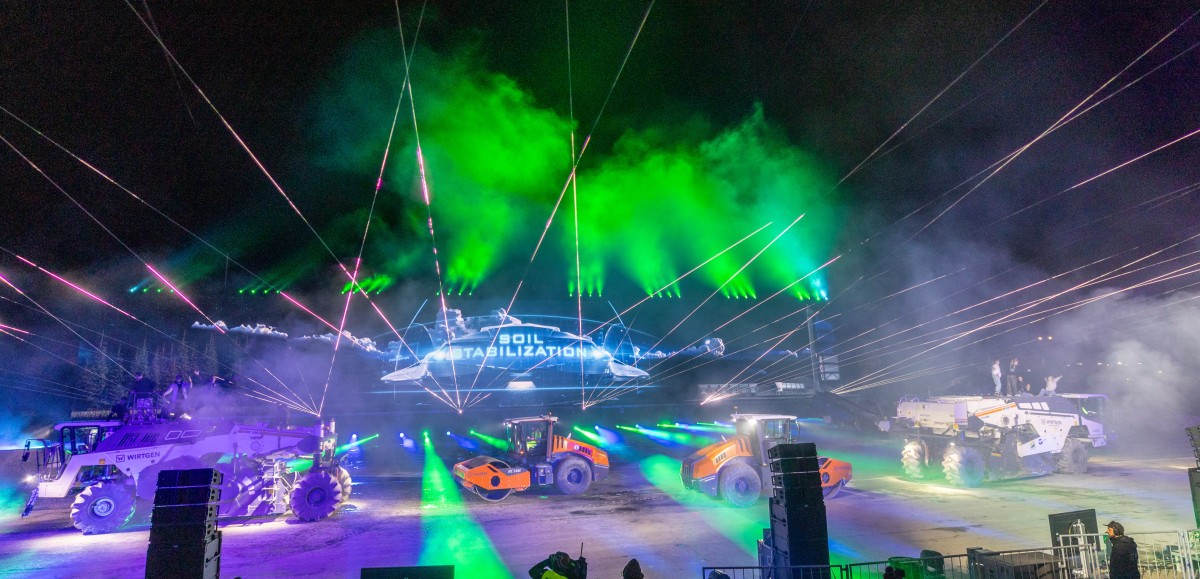
International
26/04/2024
Digitalisation and sustainability at the Wirtgen Group's "Technology Days"
Digitalisation and sustainability were the focal points of t...
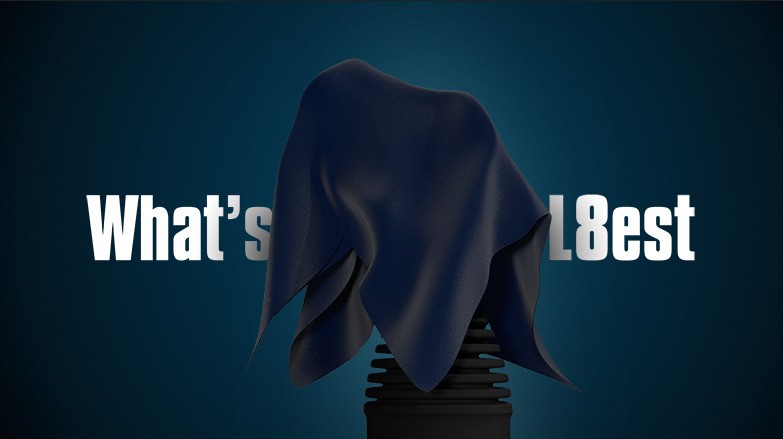
International
26/04/2024
SVAB launches the successor to the popoular joystick Grip L8
At this year’s edition of Intermat in Paris on April 24-27,...
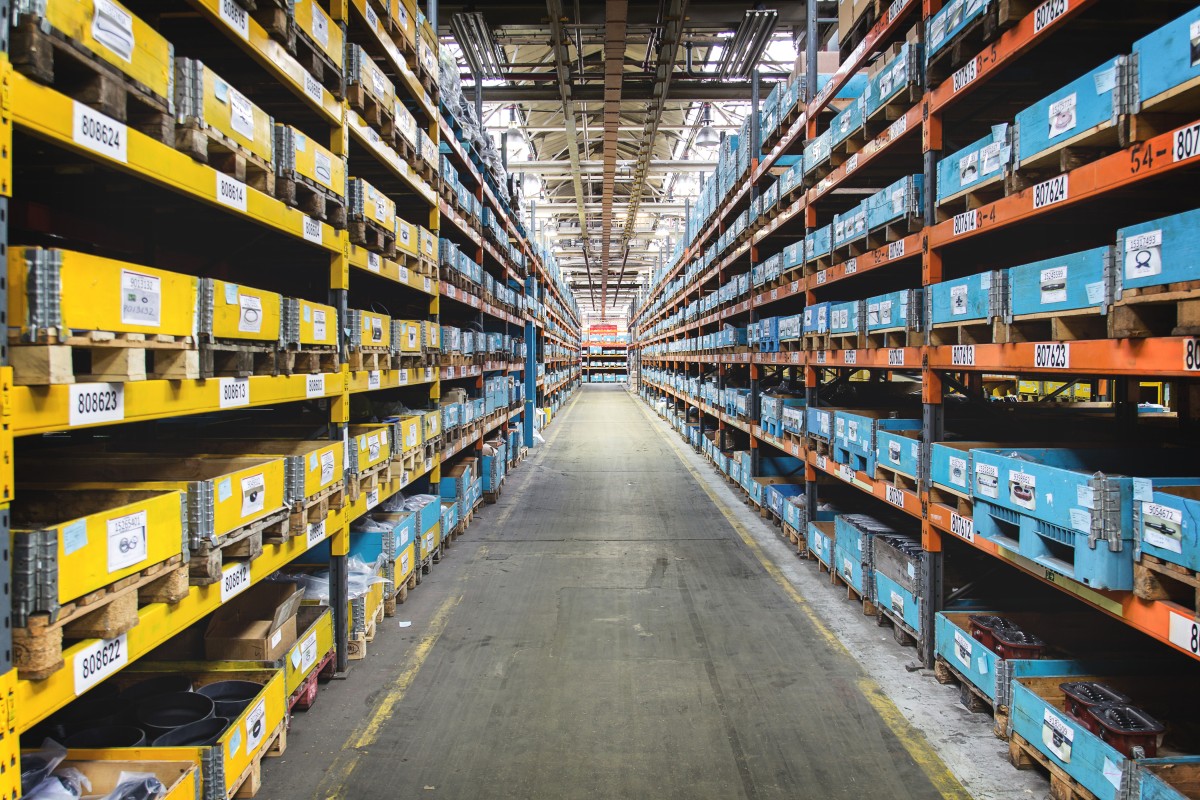
International
25/04/2024
Genuine parts ensure articulated hauler quality and uptime
The importance of good quality, reliable parts when maintain...
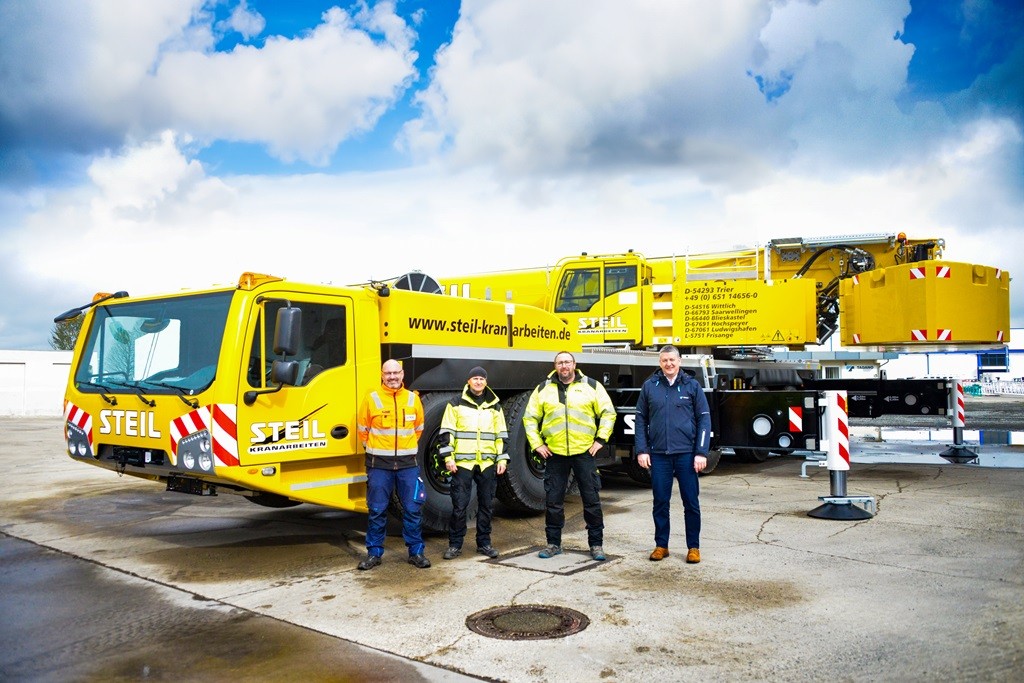
International
25/04/2024
Steil takes delivery of new Tadano AC 6.300-1 all terrain crane
Steil takes delivery of new Tadano AC 6.300-1 all terrain cr...
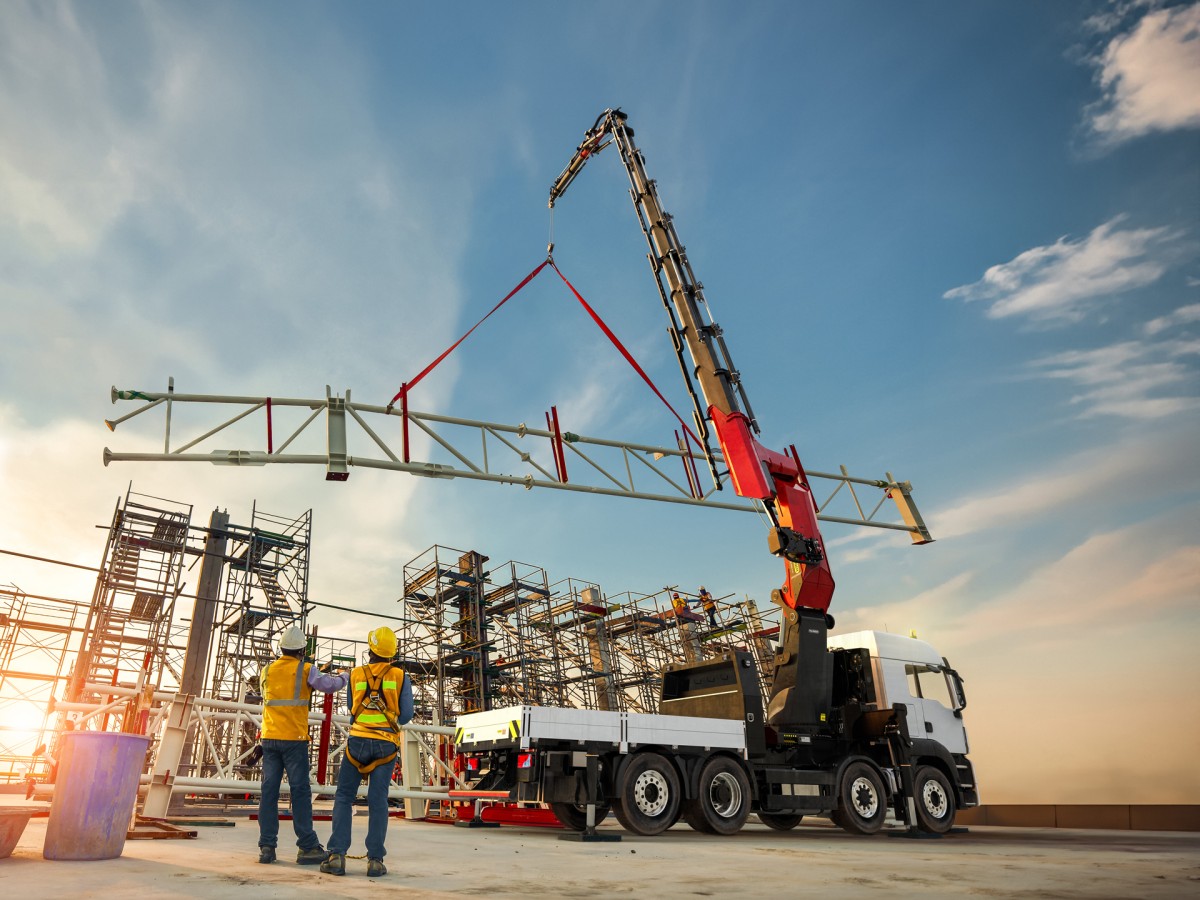
International
24/04/2024
New Palfinger's TEC Heavy-Duty Cranes Set Standards in Power & Precision
The new Palfinger PK 1350 TEC and PK 1650 TEC heavy-duty cra...
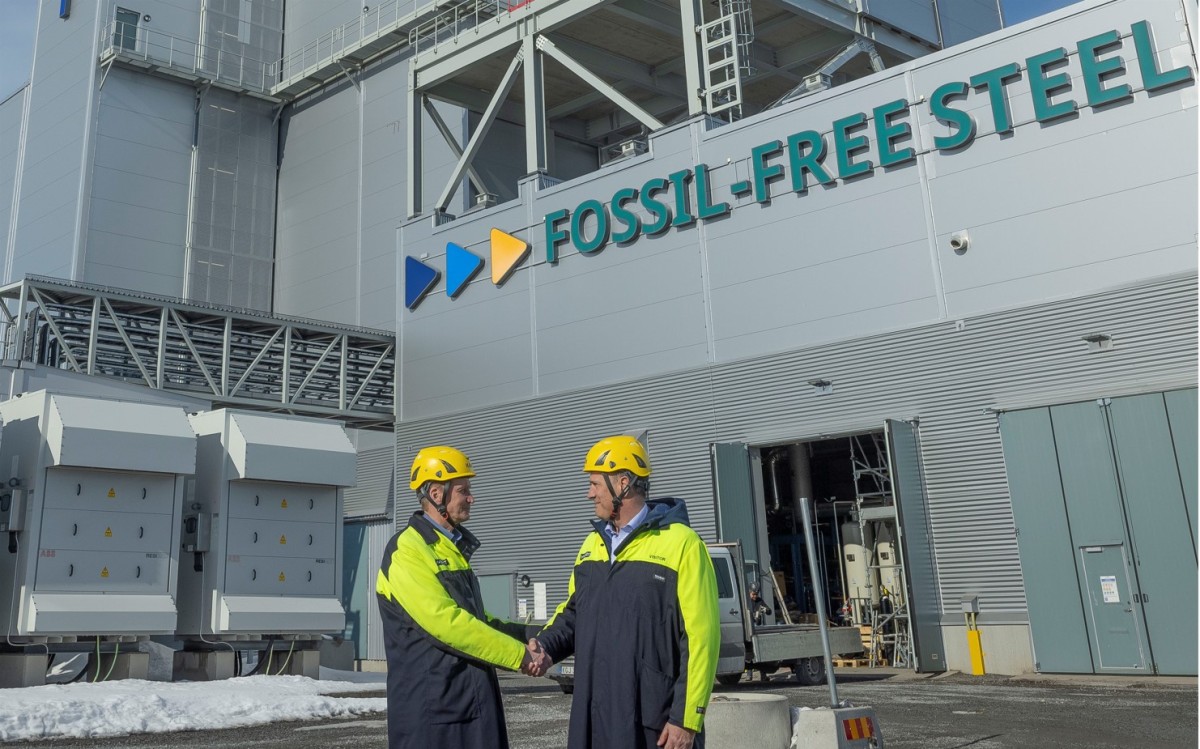
International
24/04/2024
SSAB and Manitou Group agree on fossil-free steel
Manitou Group announces the signature of a letter of intent...












